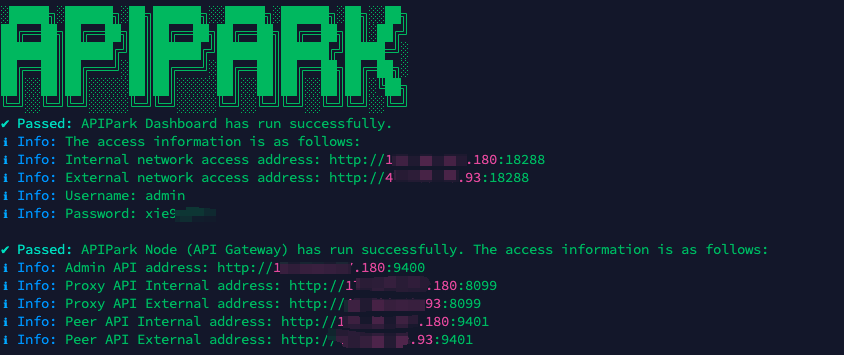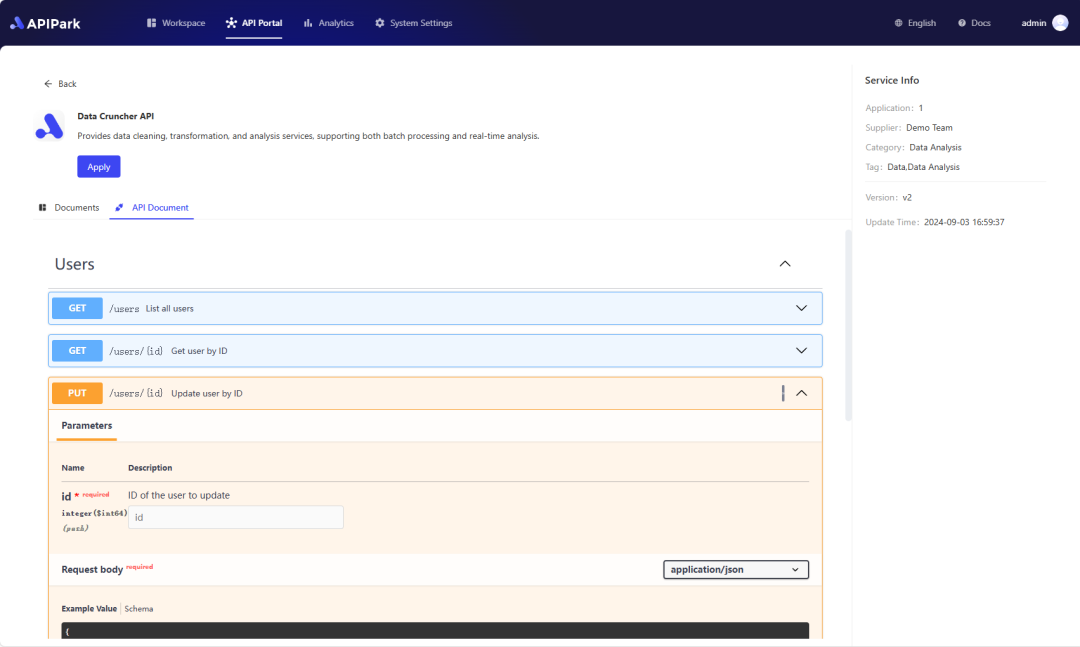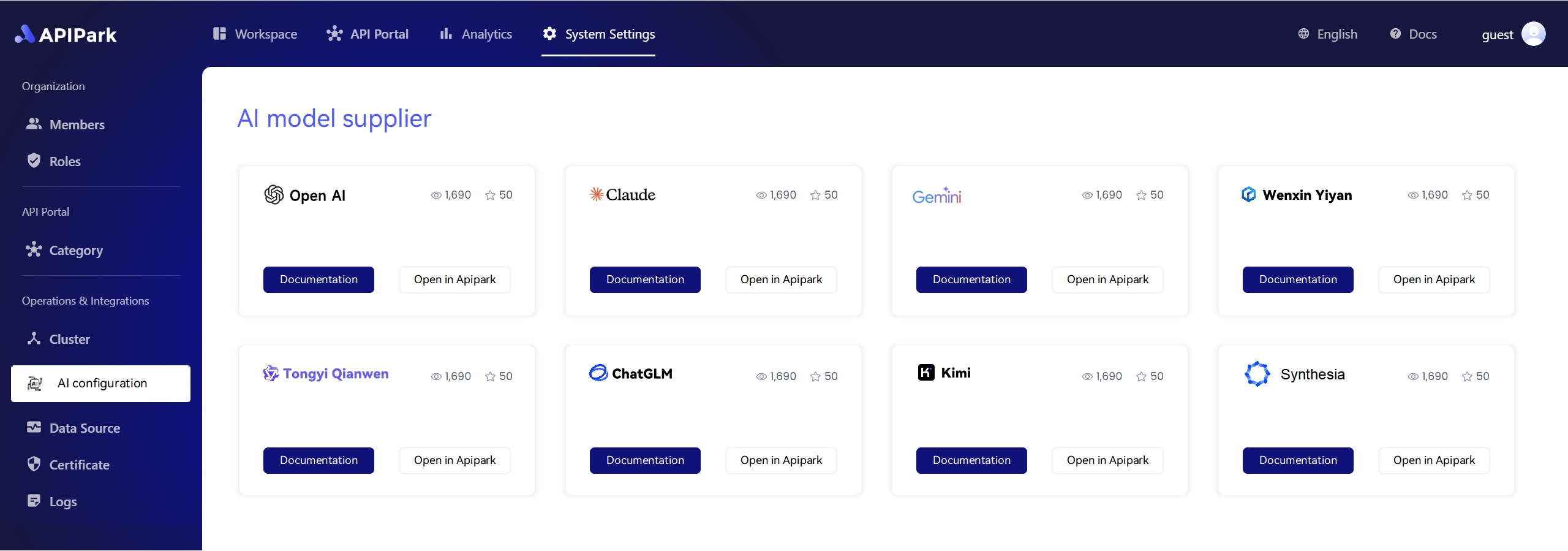In the realm of modern web development, FastAPI stands out as an efficient framework for creating APIs. Its ease of use, performance, and asynchronous capabilities make it an attractive choice for developers aiming to build scalable applications. However, one issue that often emerges while using APIs is the handling of null returns. In this article, we will delve into the topic of effectively managing null returns in FastAPI applications, especially in the context of enterprise-level AI applications and the importance of safe usage of AI technologies such as AI Gateway.
The Importance of API in Enterprises
APIs are a critical component of enterprise architecture, allowing different systems, applications, and services to communicate with each other seamlessly. For AI services, APIs act as a bridge, enabling developers to access advanced capabilities, perform data analysis, and integrate machine learning models within existing applications. As we explore the intricacies of FastAPI, it becomes essential to ensure that our API returns, including null responses, are handled properly to maintain a smooth user experience and robust application performance.
What is FastAPI?
FastAPI is a modern, fast web framework for building APIs with Python 3.6+ based on standard Python type hints. It leverages asynchronous programming to provide high performance, making it one of the fastest frameworks available. FastAPI supports various features that help developers create a high-quality database or machine learning-backed projects, such as:
- Automatic interactive API documentation using Swagger UI or ReDoc.
- Type validation and type conversions using standard Python types.
- Dependency injection that simplifies code organization.
Handling Null Returns in FastAPI
When developing APIs with FastAPI, returning null or None values may sometimes cause confusion among clients consuming the API. Thus, understanding how to handle these null returns effectively is crucial for both the API provider and the consumer.
Why Null Returns Matter
Null returns often indicate that the requested resource was not found, the requested operation wasn’t performed, or some internal processing failed. Handling these scenarios correctly is essential because:
- User Experience: Users expect informative responses. A simple null return without context can lead to confusion.
- Error Handling: Developers need to ensure proper error handling to avoid unexpected application behavior.
- API Standards: Maintaining clear and consistent API responses is critical for maintaining the reputation of any enterprise-level API, especially those dealing with enterprise security and AI frameworks.
Setting up FastAPI
To best illustrate how to handle null returns, let’s set up a basic FastAPI application. You can install FastAPI using pip if you haven’t done so already:
pip install fastapi uvicorn
Now, create a simple FastAPI application:
# main.py
from fastapi import FastAPI, HTTPException
app = FastAPI()
@app.get("/items/{item_id}")
async def read_item(item_id: int):
if item_id <= 0:
raise HTTPException(status_code=404, detail="Item not found")
# Mock data: suppose we have a database of items
items = {1: {"name": "Item 1"}, 2: {"name": "Item 2"}}
item = items.get(item_id, None) # This could return None if the item isn't found
if item is None:
return None # You may return a null if the item is not found.
return item
Using Null Returns Effectively
In the above example, when an item is not found, we simply return None. However, it’s often more informative to provide a response that not only includes a null return but also clarifies the context. Here’s how you can modify the function to achieve that:
@app.get("/items/{item_id}")
async def read_item(item_id: int):
if item_id <= 0:
raise HTTPException(status_code=404, detail="Item not found")
items = {1: {"name": "Item 1"}, 2: {"name": "Item 2"}}
item = items.get(item_id) # Returns None if not found
if item is None:
return {"message": "Item not found", "item_id": item_id, "status": "null"}
return item
This revised response ensures that when the item is not found, the client receives a clear message indicating the absence of the resource, alongside specifying the requested item_id and a status.
Error Handling in FastAPI
Error handling is crucial not only for the API consumers but also for the internal processes to remain predictable. FastAPI provides requests validation out of the box, which allows raising exceptions when an improper request is made. Here is a more elaborate example of using error handling effectively while ensuring that null returns are managed properly:
from fastapi import FastAPI, HTTPException
app = FastAPI()
@app.get("/items/{item_id}")
async def read_item(item_id: int):
if item_id <= 0:
raise HTTPException(status_code=400, detail="Invalid item ID provided.")
items = {1: {"name": "Item 1"}, 2: {"name": "Item 2"}}
item = items.get(item_id) # This could return None if the item isn't found
if item is None:
raise HTTPException(status_code=404, detail=f"Item with ID {item_id} not found.")
return item
In this case, when an item is not found in the dataset, instead of returning None, we raise an HTTPException. This approach provides a standardized format for error responses, which is key in helping clients understand what went wrong.
Integrating AI Services with FastAPI
FastAPI is increasingly being used to create APIs that serve AI models. For enterprise-level applications that incorporate AI, it is essential to establish a secure environment and thoroughly validate responses.
When using AI services, it is prudent to ensure user inputs and AI outputs are validated against expected schemas to prevent errors or null returns that could disrupt service.
Enterprise Security Considerations
Organizations that utilize AI must enforce strict security measures, particularly when deploying AI services. This includes the implementation of an API Gateway to protect underlying services through rate limiting, IP blacklisting/whitelisting, and access control.
For instance, consider the integration of a sample AI service with AI Gateway in your FastAPI app:
from fastapi import FastAPI
import requests
app = FastAPI()
API_GATEWAY_URL = "https://api.aigateway.app"
@app.get("/ai-service/{query}")
async def invoke_ai_service(query: str):
response = requests.post(f"{API_GATEWAY_URL}/ai/analyze", json={"query": query})
if response.status_code != 200:
raise HTTPException(status_code=response.status_code, detail="AI service request failed.")
# Handle null or bad responses from AI services
result = response.json()
if not result or 'result' not in result:
return {"message": "AI Service returned null or invalid response", "query": query, "status": "null"}
return result
Collaborative Development and Team Building
When developing AI services within an enterprise, it’s crucial to foster collaboration among teams. Teams can effectively collaborate through the use of tools such as APIPark, which not only facilitates API asset management but also enhances the overall development experience.
Conclusion
In summary, as you develop APIs with FastAPI, effectively managing null returns is critical in providing a satisfying user experience. By implementing clear messaging around null returns and adhering to robust error handling practices, developers can shield users from confusion and enhance overall system reliability.
Moreover, as enterprises embark on utilizing advanced AI technologies through APIs, ensuring security and effective collaboration will only serve to strengthen their service offerings, maintaining high standards of performance and user satisfaction.
| Topic | Details |
|---|---|
| Framework | FastAPI |
| Error Handling | Use HTTPException for clarity |
| Null Return Strategy | Return meaningful messages, not just nulls |
| Enterprise Security | IP Blacklist/Whitelist, Rate Limiting |
| AI Service Integration | Use API Gateway for secure external calls |
| Team Collaboration Tools | Utilize APIPark for effective API management |
APIPark is a high-performance AI gateway that allows you to securely access the most comprehensive LLM APIs globally on the APIPark platform, including OpenAI, Anthropic, Mistral, Llama2, Google Gemini, and more.Try APIPark now! 👇👇👇
In this guide, we have covered essential strategies for handling null returns in FastAPI, particularly for applications that integrate AI services. As AI continues to evolve and play a central role in enterprise operations, adopting best practices in API development will be paramount in ensuring both service reliability and user satisfaction.
🚀You can securely and efficiently call the Tongyi Qianwen API on APIPark in just two steps:
Step 1: Deploy the APIPark AI gateway in 5 minutes.
APIPark is developed based on Golang, offering strong product performance and low development and maintenance costs. You can deploy APIPark with a single command line.
curl -sSO https://download.apipark.com/install/quick-start.sh; bash quick-start.sh

In my experience, you can see the successful deployment interface within 5 to 10 minutes. Then, you can log in to APIPark using your account.

Step 2: Call the Tongyi Qianwen API.
